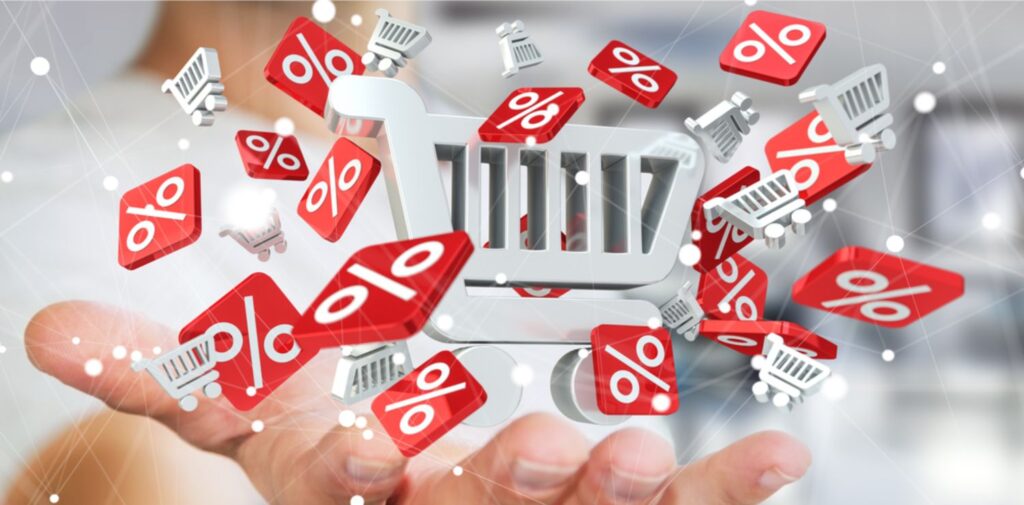Have you ever wondered why some businesses seem to have loyal customers who keep coming back, while others struggle to retain their audience? What’s their secret? The answer could be a customer loyalty program!
A customer loyalty program helps your business build long-term relationships with your customers, rewards them for their continued support, and encourages them to spend more. But how do you create a loyalty program that works? Don’t worry – we’ve got you covered with a simple, step-by-step guide to building an effective program.
Why Is Customer Loyalty Important?
Before diving into how to build a loyalty program, it’s important to understand why it matters. Loyal customers are not only valuable because they buy from you again and again, but they can also help you grow your business. Here’s why loyalty matters:
- Repeat purchases: Loyal customers tend to spend more over time.
- Referrals: Satisfied customers are more likely to tell their friends and family about your business, bringing in new customers.
- Lower marketing costs: Retaining existing customers is often cheaper than finding new ones.
In short, a well-designed loyalty program can turn first-time buyers into repeat customers and help build your business in the long run.

Set Clear Goals for Your Loyalty Program
Before you launch a loyalty program, think about what you want to achieve. Setting clear goals will help you design the program around what’s important for your business. Some common goals include:
- Increase repeat purchases: Encourage customers to buy from you more often.
- Grow average spending: Get customers to spend more each time they shop.
- Improve customer retention: Reward customers for staying loyal over time.
- Attract new customers: Offer incentives for new customers to join your program.
Understanding your goals will help you design a loyalty program that works for your unique business needs.
Choose the Right Type of Loyalty Program
There are different types of loyalty programs, and each has its benefits. Here are the most common options:
Points-based Program: This is one of the most popular types of loyalty programs. Customers earn points for every dollar they spend. Later, they can redeem these points for rewards like discounts, free products, or exclusive deals. For example:
- “Earn 1 point for every $1 spent. Redeem 100 points for a $10 discount.”
Tiered Program: In a tiered program, customers earn rewards based on their level of spending. The more they spend, the better the rewards. For instance:
- “Level 1: Spend Rs.1000, get 5% off. Level 2: Spend Rs.5000, get 10% off.”
Paid Membership Program: This is a great option for businesses that offer exclusive perks. Customers pay a fee to become a member and get special rewards, discounts, or benefits. For example:
- “Join our VIP club for $50/year and get 20% off every purchase.”
Cash-back Program: Instead of points, customers get a percentage of their purchase back. For example:
- “Earn 5% back on every purchase. Use your cash-back for future orders.”
Referral Program: Reward your customers for bringing new customers to your business. For example:
- “Refer a friend and get $10 for every successful referral.”
The type of program you choose will depend on your business model and what motivates your customers. Pick one that fits your brand and resonates with your customers.

Offer Meaningful and Valuable Rewards
The most important part of a loyalty program is the reward. If your rewards aren’t valuable enough, customers won’t feel motivated to participate.
Here are some ideas for rewards:
- Discounts: Offer customers a discount on their next purchase or when they reach a certain points threshold.
- Free products: Give customers a gift when they’ve spent a certain amount or earned enough points.
- Exclusive access: Let loyal customers get early access to sales, new products, or limited-time promotions.
- Birthday gifts: Send customers a special gift or discount on their birthday.
- Special services: Free shipping or personal shopping services for loyal members.
Remember, rewards don’t always have to be big-ticket items – small perks can make a big difference in showing customers that you value their loyalty.
Make It Easy to Join and Use the Program
No one wants to join a complicated loyalty program. The more straightforward the process, the better. Here’s how you can make your loyalty program easy to use:
- Easy sign-up process: Allow customers to sign up quickly, either in-store or online. Don’t ask for too much personal information at first – just the basics.
- Clear communication: Explain how customers can earn rewards and what they need to do to redeem them. Keep the rules simple.
- Tracking progress: Give customers a way to track their points, rewards, or tier status easily. This could be done through your website, app, or a loyalty card.
- Automatic rewards: Set up your system so rewards are automatically applied when customers reach the necessary level. This reduces the chances of customers forgetting about their rewards.
By making your program easy to join and use, you’ll increase participation and customer satisfaction.

Promote Your Loyalty Program
Once your loyalty program is set up, you need to promote it so customers know about it. Here are some ways to spread the word:
- In-store signage: If you have a physical store, place signs or posters where customers can see them. Make sure your staff mentions the program when checking out.
- Website and social media: Highlight the loyalty program on your website and social media platforms. Create posts or ads to encourage customers to sign up.
- Email marketing: Send a welcome email to new customers and encourage them to join your loyalty program. You can also send regular updates on points balances or new rewards.
- Referral bonuses: Encourage your current customers to invite friends to join by offering them extra rewards for successful referrals.
The more people know about your program, the more successful it will be.
Measure the Success of Your Loyalty Program
Once your loyalty program is running, it’s important to track how well it’s performing. Some key metrics to monitor include:
- Enrollment rate: How many customers are signing up for the program?
- Engagement rate: Are customers actively earning and redeeming rewards?
- Repeat purchase rate: Are customers returning to make additional purchases?
- Customer lifetime value: Are your loyal customers spending more money with you over time?
- Referral activity: Are customers referring new customers to your business?
Use these metrics to assess what’s working and where improvements are needed. If certain aspects aren’t performing well, don’t hesitate to tweak your rewards, promotion strategies, or even the program type.

Keep Improving Your Loyalty Program
A great loyalty program adapts over time. Customer preferences change, and what worked for your program last year may not be as effective now. Here’s how to keep your program fresh:
- Ask for feedback: Encourage customers to share their thoughts on the loyalty program. What do they like? What could be better?
- Update rewards: Introduce new rewards or limited-time offers to keep things exciting.
- Offer surprise bonuses: Randomly reward customers with bonus points, exclusive discounts, or special gifts to keep them engaged.
By continuously improving your loyalty program, you can ensure it stays valuable to your customers and effective for your business.
Conclusion: Customer Loyalty Program
Building a successful customer loyalty program takes time and effort, but it’s one of the best ways to create lasting relationships with your customers and increase your revenue. By setting clear goals, offering valuable rewards, and making the program easy to use, you can create a program that keeps customers coming back for more.
Don’t forget to promote your program and keep measuring its success so you can make improvements along the way. By following these simple steps, you’ll be well on your way to building a loyalty program that works for your business and your customers!
Ready to get started? Your loyal customers are waiting for you!




